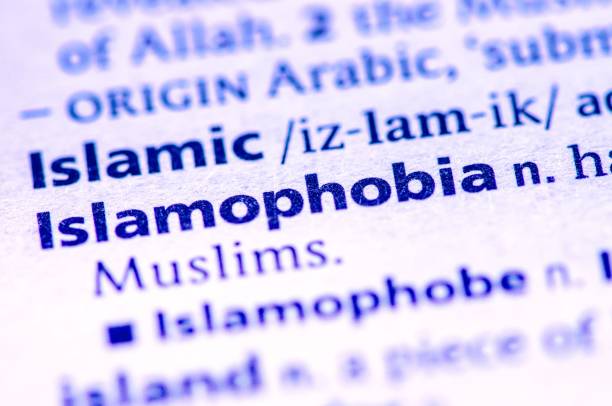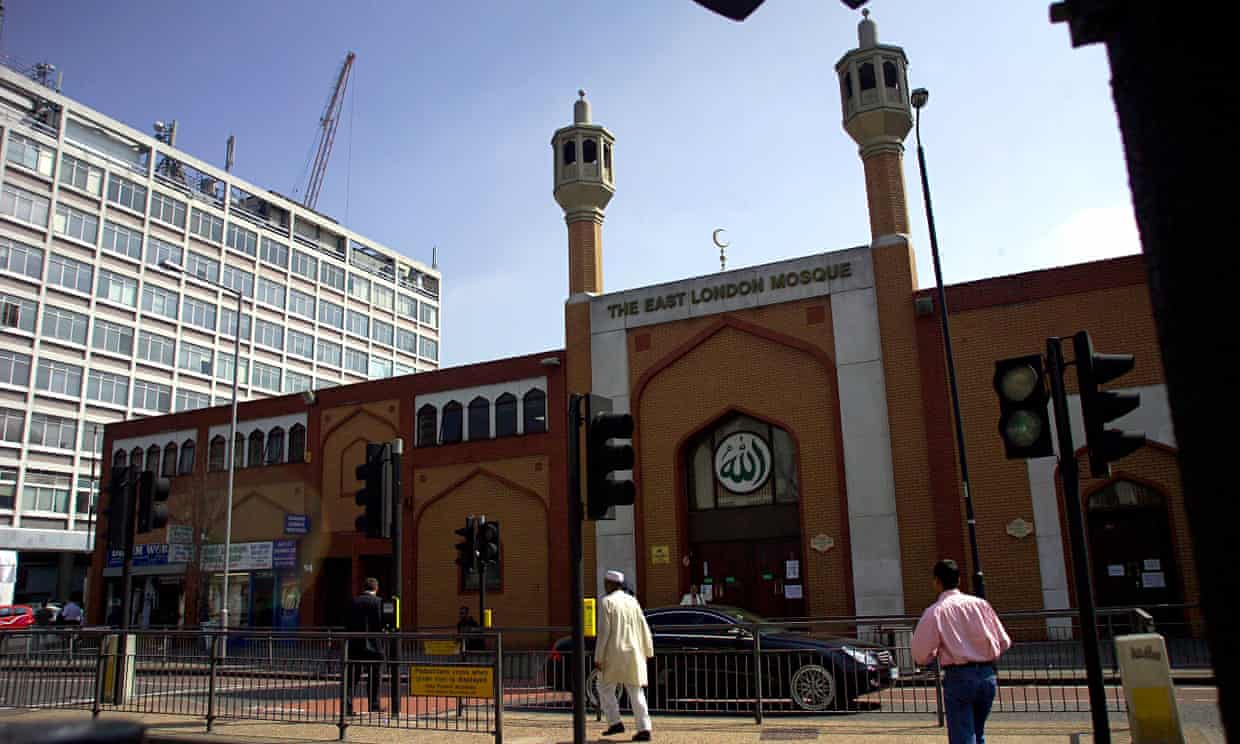June 6, 2014
by Mark Silk
The other day the Washington Post posted an amazing map showing the second most populous religious tradition in each of the 50 states. Imagine, after Christianity it’s Baha’is in South Carolina, Hindus in Arizona and Delaware, and Muslims in Florida and Illinois.
The only trouble is that none of the above is true.
How do I know this? The map comes from the 2010 U.S. Religious Census taken by the Association of Statisticians of American Religious Bodies. The Religious Census is based on self-reporting by religious bodies, a means of data collection that, depending on the body, ranges from highly accurate to wildly conjectural and self-serving. It is, in the aggregate, far less accurate than large random phone surveys that ask individuals to give their religious identity.
Thus, in 2008, Pew’s Religious Landscape Study showed more than twice as many Jews as “Other World Religions” (Sikhs, Jains, and others as well as Baha’is) in South Carolina. It showed more than four times as many Jews as Hindus in Delaware, and more than twice as many Jews and twice as many Buddhists as Hindus in Arizona. It showed over six times as many Jews as Muslims in Florida and over four times as many in Illinois.
And so on. Altogether, Jews come in second in at least half the states (not 15); Muslims, in at most a dozen (not 20), and Buddhists, in the remainder (throughout most of the West). The reason for the principal discrepancy (between Jews and Muslims) is that the U.S. Religious Census relies on reports of actual synagogue membership, and many self-identified Jews don’t belong to synagogues; while the reporting Muslim bodies provide estimates of mosque membership.






